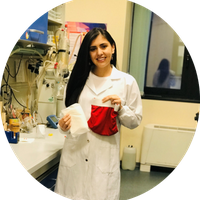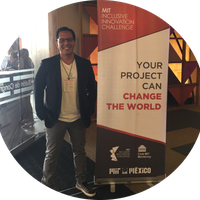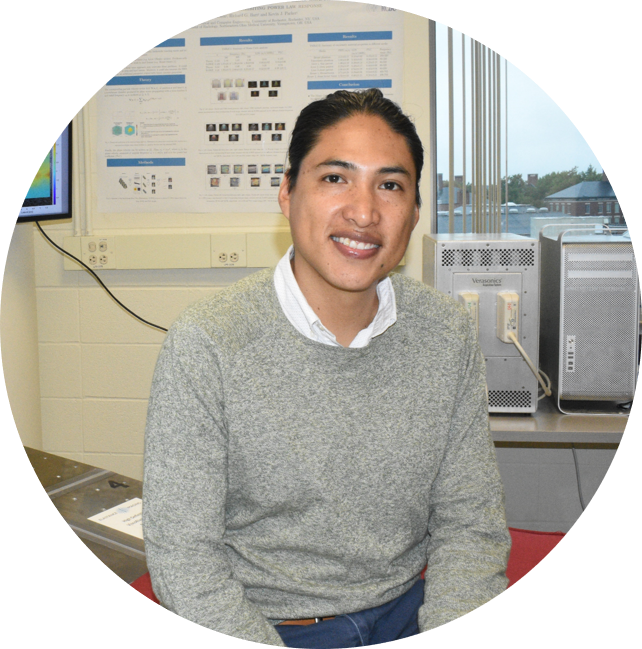Cancer is the second leading cause of death worldwide, with 8.8 million deaths in 2015 alone, according to the World Health Organization. In addition to reducing risk factors and discovering better treatments, there is another essential task to reduce the loss of life caused by this family of diseases: early detection of tumors.
Most cancers are associated with increased tissue stiffness, which is why, for example in breast cancer, palpation is one of the main means of detection. But this technique only reaches a few centimeters deep and is strongly linked to the subjectivity of medical assessment.
Faced with this problem, Juvenal Ormachea, who has a PhD in Electrical Engineering and is a postdoctoral researcher at the University of Rochester (USA), has created a noninvasive method to detect cancer and liver diseases such as cirrhosis. His approach is based on ultrasound medical imaging generated by ultrasound scanners. For this medical breakthrough, Ormachea has been chosen by MIT Technology Review in Spanish as one of the winners of Innovators under 35 Latin America 2020.
"We can generate images up to 16 centimeters deep, compared to other techniques that only reach up to five centimeters," Ormachea explains. In addition, while traditional ultrasound images are usually provided in grayscale, Ormachea's method generates color images. The color variations indicate the different elasticity or hardness of the tissues, making it possible to identify cancers, which are usually harder than the surrounding healthy tissue. The level of liver stiffness detected by this technique also helps to determine the stage of cirrhosis.
Finally, Ormachea's ultrasound is generated by ultrasound scanners, which makes the detection process cheaper than other diagnostic methods that rely on more expensive and complex equipment, such as magnetic resonance imaging, computed tomography (CT), and positron emission tomography (PET). "Their application can be extended to countries where buying an ultrasound scanner is more affordable than a CT scanner. This equipment is also more portable, which allows it to reach rural areas," explains Juvenal Ormachea.
But the advantages of Ormachea's method do not end there. Its sharper color images also help radiologists make diagnoses without resorting to invasive methods such as biopsies. This, in turn, reduces surgical waiting lists and the workload of other medical professionals, such as pathologists, who analyze the tissue extracted from biopsies. It has also been used in patients with diabetes, whose soles are usually harder, to prevent the appearance of plantar ulcers.
Ormachea's technique is still in the research phase, but, working with other specialists, he has developed a prototype that allows it to be used in more patients. After evaluating it in more people, the young innovator seeks to commercialize the product and facilitate both the early detection of diseases at a lower cost and reduce invasive techniques.
Regarding Ormachea's breakthrough, the Director of Operations at Opinno (Spain) and member of the Innovators under 35 Latin America 2020 jury, Javier Iglesias Febrero, highlights its ability to "solve the limitations of previous technologies."




